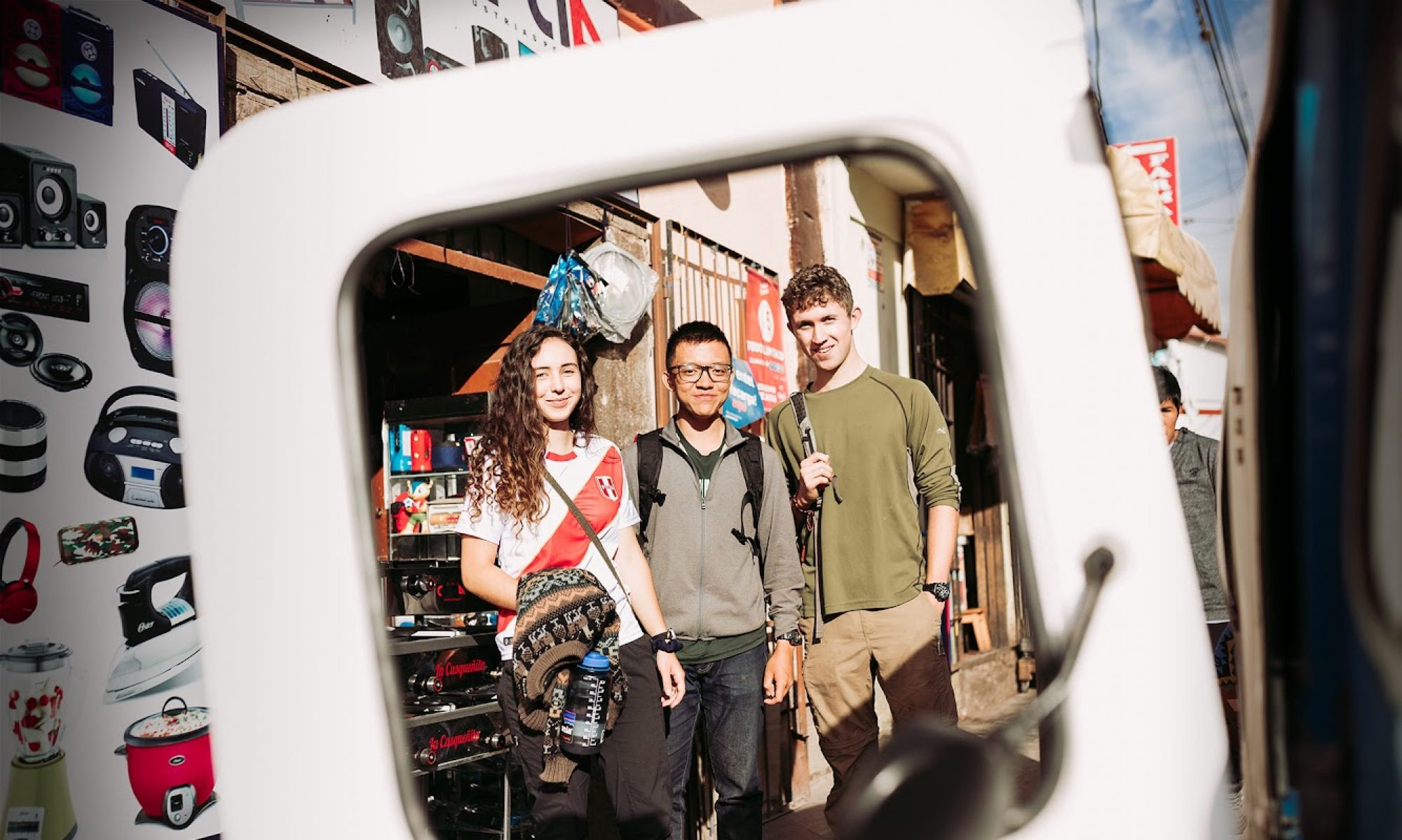By Becca, Tufts 1+4 Participant


Capoeira is art in motion. It’s dance, it’s gymnastics, it’s martial arts. When performed well, it’s two bodies moving as one in harmony. It starts with the premise of constant motion. A simple back and forth step called ginga is the foundation of everything else; stop moving, and you get got. From this base it builds, adding kicks, cartwheels, and other moves. With practice and strength, the moves become increasingly more complex and impressive, but these moves are only tools. One can have the best tools available, which in Capoeira terms equates to handstands, aerials, and a thousand unnamed calisthenic feats, but the real skill comes in how these tools are deployed. Independently, any of these moves may look like a cool trick, but when two partners are in tune with one another, a game of Capoeira is an exercise in connection, the composition of a masterpiece.
My first Capoeira class was nothing but discomfort. After being given the wrong class times, I unknowingly arrived 20 minutes late to class. I entered mid-class to a room of men, all Brazilian, all experienced, and none with a word of English. It seemed to be a learn-by-doing approach, except I had absolutely no idea what I was doing. The only thing I could gather was the format of the class: walk around the room for a minute, then make eye contact with someone and partner up, play for a few minutes, disconnect, and repeat. I started walking, and as everyone mildly-approachable paired off, I was left in the center with a large man, clearly of exceptional skill. He grasped my hand, we crouched, and the match began. He turned out into a slow-motion cartwheel. I stood in awe. My feet remained firmly planted on the ground, so uncertain of the right thing to do that I opted for nothing at all. He began the rhythmic back and forth of the ginga. I stood planted. He motioned for me to follow his lead. I sort of…swayed? I blink, and my partner’s hands and feet have switched places. While still upside down he plants his foot in my abdomen. Cartwheels, headstands, and 1-handed handstands overtake me. I quickly realize that for this man, gravity is more of a suggestion than a rule. The match seemed to last ages. Eventually, the master calls out Caminha! (walk) saving me from myself, and we disconnect. This process repeated several times, and eventually, sweet relief, the end of class.
There was no corporeal discomfort; I’d essentially stood in place for an hour. But what I’d lacked in physical discomfort, I more than made up for psychologically. I was lost and frustrated. I’d been asked to play a game without being given the rules. I didn’t even feel challenged, just really, really, confused. But I went back. And again after that. It’s been several weeks and I’m beginning to understand. By limitation of strength, coordination, and unwavering loyalty to gravity, my toolbox is still incredibly limited, but somehow this doesn’t matter. I show up to class, clad in the traditional all-white garb. The more I play, the more confidence I gain, and I begin to connect, becoming more in tune with my partner’s movements. Capoeira is a game with no losers. It challenges the body, but more importantly, it challenges the mind.
I could offer a lengthy extended-metaphor about how Capoeira contains symbolism for life: just as the ginga never stops, neither does life, or how the best kicks come from using the momentum of the opponent, so go with the flow; the medium lends itself quite handily to such compositions. But all of this would cheapen the fact that I really have learned lessons from Capoeira. My first class, I was so consumed with trying to learn the rules that I didn’t bother playing. But the discomfort didn’t stop me from going back, and for this I am grateful. Only after I gave myself permission to try something did I have any hope of success. I’m learning to connect without speaking a word, extending the capabilities of my own body, and beginning to understand that if I wait for someone to tell me the ‘right’ way of doing things, I’ll spend a lifetime waiting.
I’m still really bad. I can’t cartwheel to save my life, and my handstand is more of a hand-jump -hoping-my-legs stay-up-more-than-a-second. I don’t have many tools, but I’m learning to deploy what I’ve got. I’ve mastered the ginga. I understand how to dodge a kick, and I’ve begun to give myself permission to initiate responses, formulate combinations, even deploying my signature hand-jump every now and again. But the one thing I will not do is stand there. I need no permission to explore.
